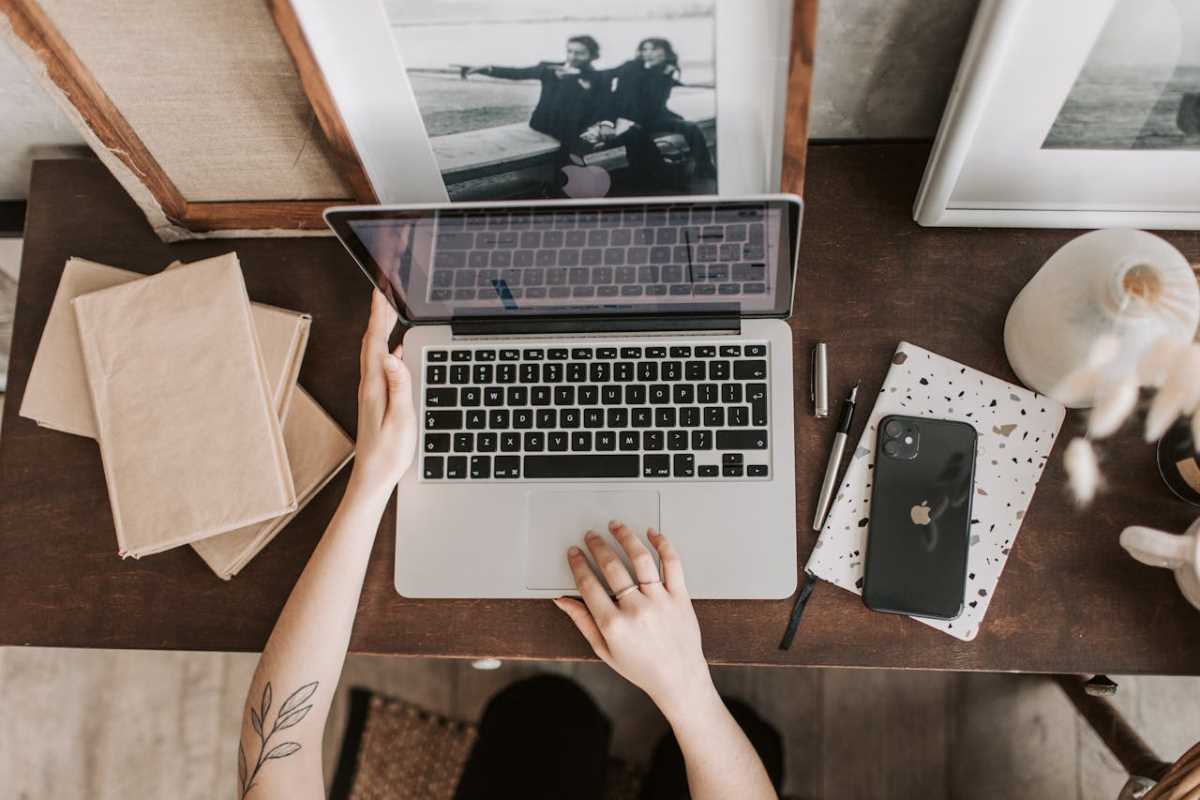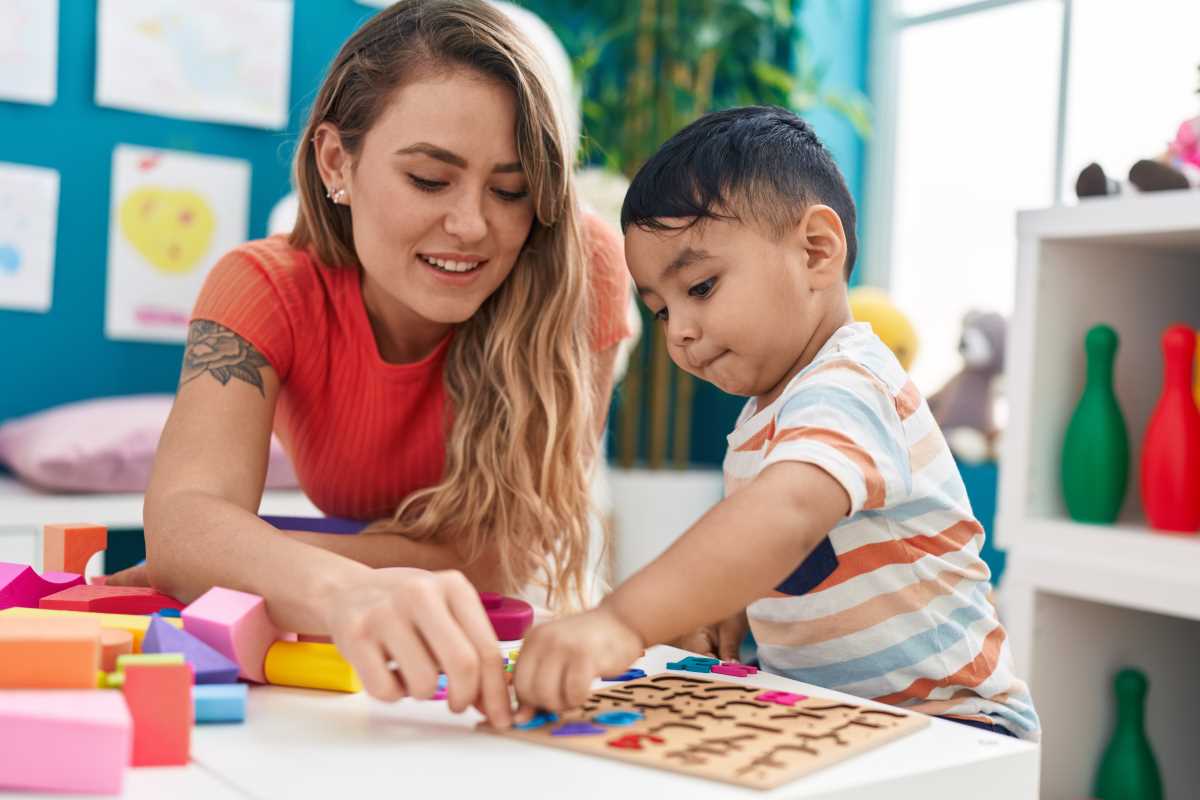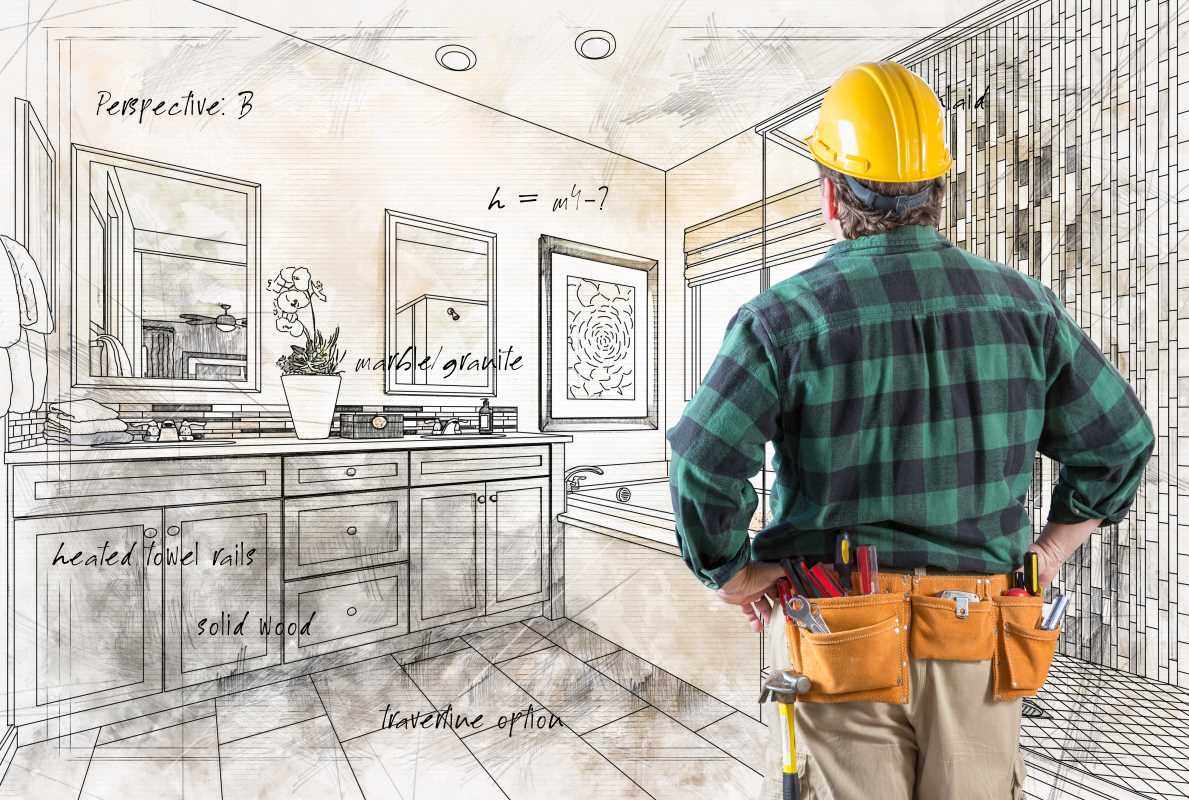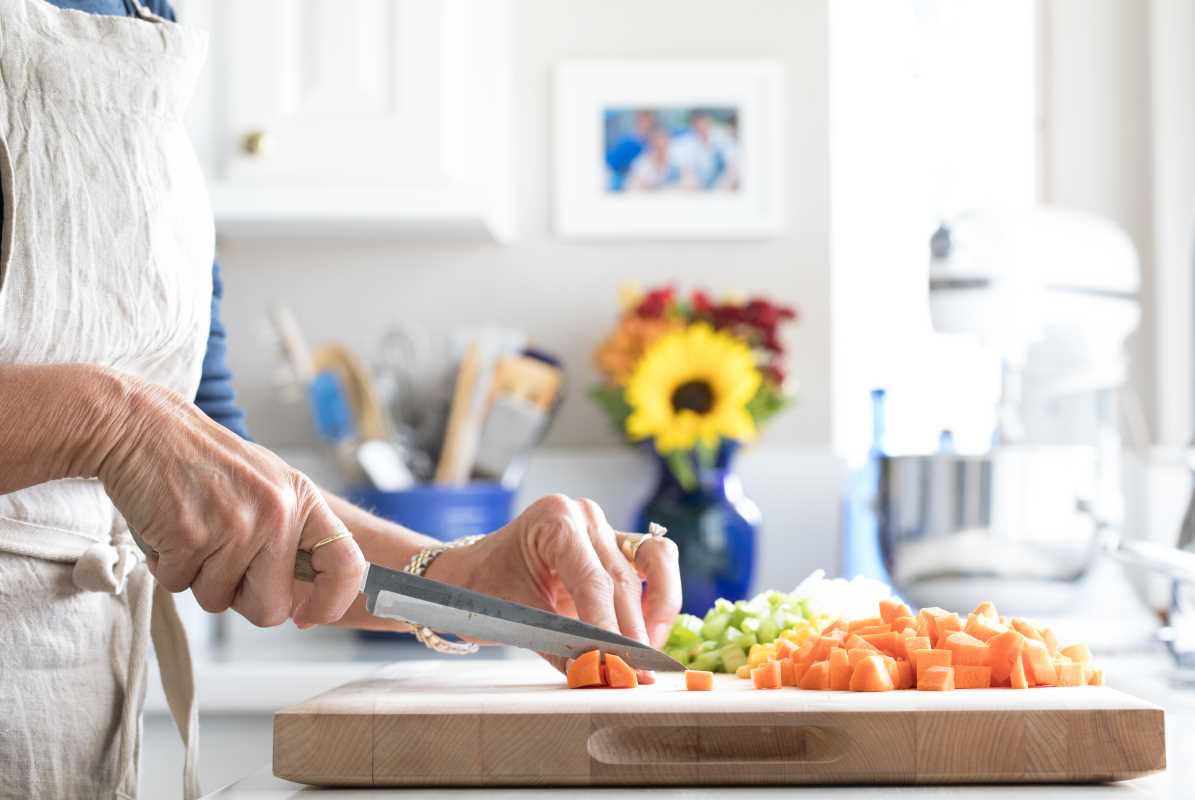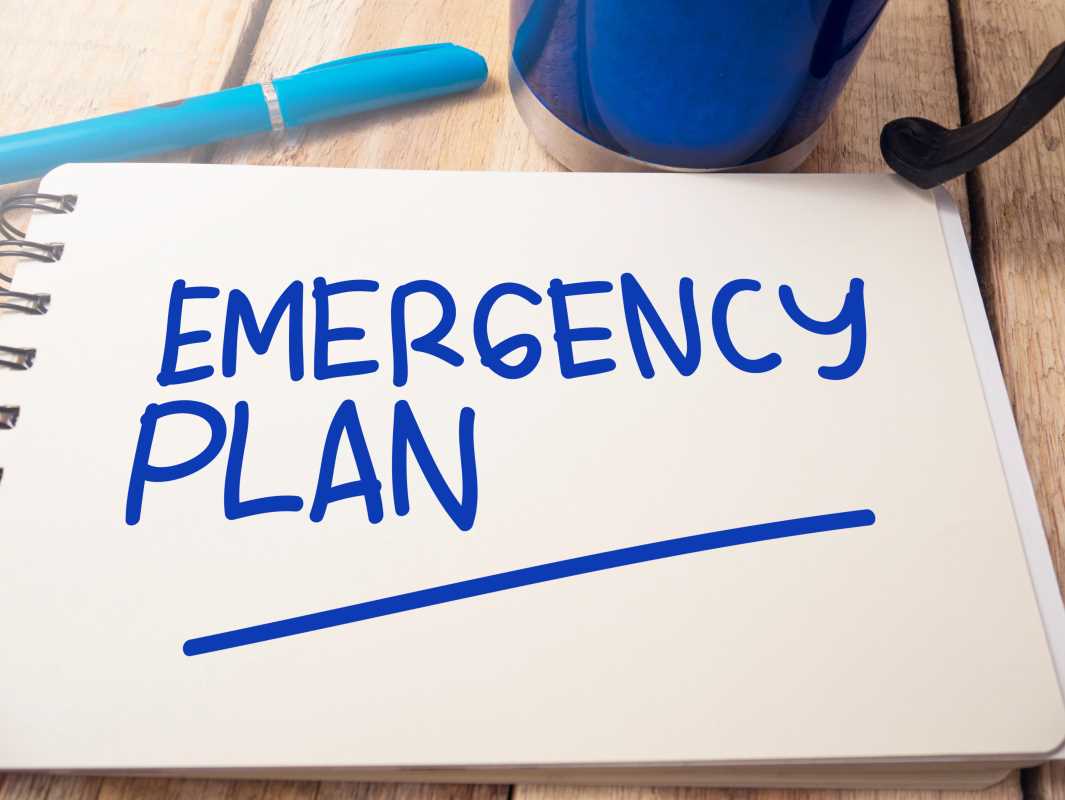When your child is working through therapy sessions at home, having a dedicated space for therapy can make all the difference. Whether your child is focusing on speech therapy, occupational therapy, physical therapy, or another specialized form of treatment, a home therapy station provides structure, consistency, and a sense of purpose. It can also help bridge the gap between professional sessions and at-home practice, making progress more effective.
But what goes into creating a home therapy station? It doesn’t have to be expensive or overly complicated, and it should fit your child’s unique needs. From choosing the right tools to organizing the space and making it fun, this guide will walk you through everything you need to know to set up a space where your child feels comfortable, engaged, and ready to work toward their goals.
Choose the Right Location
The first thing to consider is where to set up your home therapy station. The location you choose should be functional, easy to access, and free from major distractions.
Pick a Quiet Space
Choose a spot in your home that’s away from noisy areas like the kitchen or TV room. A quieter location helps your child focus better and makes it easier to follow therapy exercises without interruptions.
Ensure Enough Space
Think about the type of therapy your child will be doing. For physical therapy, you’ll want enough room for stretching, movements, or even using therapy equipment. For speech or occupational therapy, a desk or small table might be all you need.
Keep It Consistent
If possible, use the same spot every time. This creates routine and helps your child associate that area with therapy. For smaller homes where space is tight, consider using a portable station (like a rolling cart) that you can bring out and set up anywhere.
Organize Your Therapy Tools
Having the right tools and keeping them organized can make therapy sessions smoother and less stressful for both you and your child.
Use Storage Solutions
Bins, baskets, and labeled containers are your best friends when it comes to staying organized. Keep similar tools together so that everything is easy to find. For example:
- Craft supplies (like markers, scissors, and paper) in one bin.
- Therapy-specific items (like resistance bands or sensory toys) in another.
- Books, worksheets, or visual aids in a separate container.
If you’re working with a small space, a rolling cart or a hanging organizer can help maximize storage without taking up too much floor area.
Stock Up on Essentials
What you’ll need depends on the type of therapy your child is doing, but here are some commonly used tools for at-home therapy stations:
- Speech therapy: Flashcards, picture boards, books, mirrors, and articulation tools.
- Occupational therapy: Sensory toys, fidget tools, pencil grips, fine motor skill games, and therapy putty.
- Physical therapy: Yoga mats, resistance bands, therapy balls, and balance boards.
Ask your child’s therapist if they recommend any specific materials or equipment that align with their treatment plan.
Make Comfort a Priority
Therapy can be physically and mentally exhausting, so it’s important to create a space where your child feels safe and comfortable.
Choose the Right Seating
If your child will be sitting for longer periods, invest in a sturdy, ergonomic chair that provides proper support. For physical therapy stations, use padded mats or cushioned flooring to make movement exercises more comfortable.
Adjust for Accessibility
If your child uses a wheelchair or other mobility aids, ensure the area is accessible. Adjust the height of tables and shelves as needed, and make sure there’s enough room to maneuver safely.
Add Soft Touches
Small details like soft lighting, a favorite blanket, or a cozy rug can help your child feel calm and focused during therapy sessions. Avoid harsh fluorescent lighting, which can be overstimulating for some kids.
Personalize the Space
Therapy doesn’t have to feel clinical or boring. Personalizing the station with your child’s interests makes it more inviting and helps keep them motivated.
Add Their Favorite Colors and Themes
If your child loves dinosaurs, animals, or outer space, incorporate those themes into the design. For example, you might use themed storage bins, posters, or stickers to decorate the area.
Display Progress
Hang a chart, bulletin board, or corkboard where you can track their progress. Celebrate milestones by adding stickers, notes of encouragement, or certificates of achievement. This visual reinforcement boosts confidence and motivation.
Include Fun Extras
Sometimes, it’s the little things that make a big difference. A small jar of treats or rewards, a beanbag chair for breaks, or even a playlist of their favorite songs can make the space feel special.
Keep Sessions Engaging
Therapy is most effective when your child is actively involved and enjoying the process. Here’s how to help make therapy fun and engaging.
Make It Playful
Turn therapy activities into games or challenges. For example:
- Practice speech sounds through a scavenger hunt using flashcards.
- Use a stoplight game to practice motor skills (red means stop, green means go).
- Reward completed tasks with small breaks or stickers.
Include Variety
Kids can lose interest if every session feels the same. Rotating activities, tools, or games helps keep things fresh. For instance, alternate between a therapy ball and resistance bands to work different muscles during physical therapy, or use creative storytelling during speech exercises.
Set Realistic Goals
Break therapy goals into small, manageable steps. Short, focused sessions are usually more effective than long, drawn-out ones. For example, spend 10–15 minutes intensely practicing a skill, then transition to a fun cooling-down activity.
Get the Whole Family on Board
Consistency is key to progress, but parents and caregivers don’t have to do it all alone. Inviting family members to get involved can create a supportive environment and lighten the load.
Train Siblings and Caregivers
If siblings, babysitters, or other caregivers are part of your household, take time to explain therapy activities to them. Show them how to use the tools so everyone can pitch in when needed.
Make It a Team Effort
Encourage siblings or family members to cheer your child on during challenging exercises or join hands-on activities. Shared laughter and encouragement can turn therapy into a bonding experience for the whole family.
Rotate and Improve
Your home therapy station doesn’t have to be perfect from the start. As your child grows or their therapy goals change, be open to adjusting the setup.
- Reassess needs: Check regularly to see if the tools or layout still work well.
- Add new elements: Incorporate new equipment, games, or visuals that reflect their evolving interests.
- Seek feedback: Ask your child how they feel about the space. Their input can help you refine it to better suit their needs.
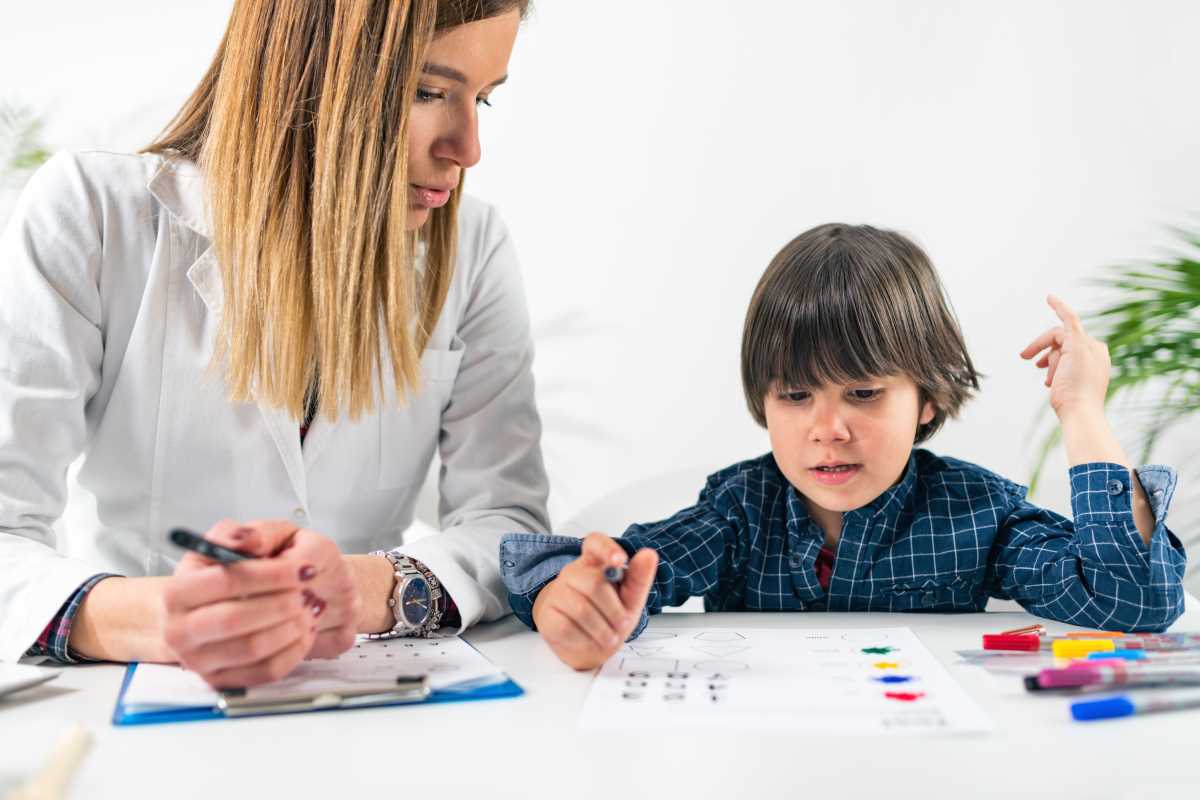 (Image via
(Image via